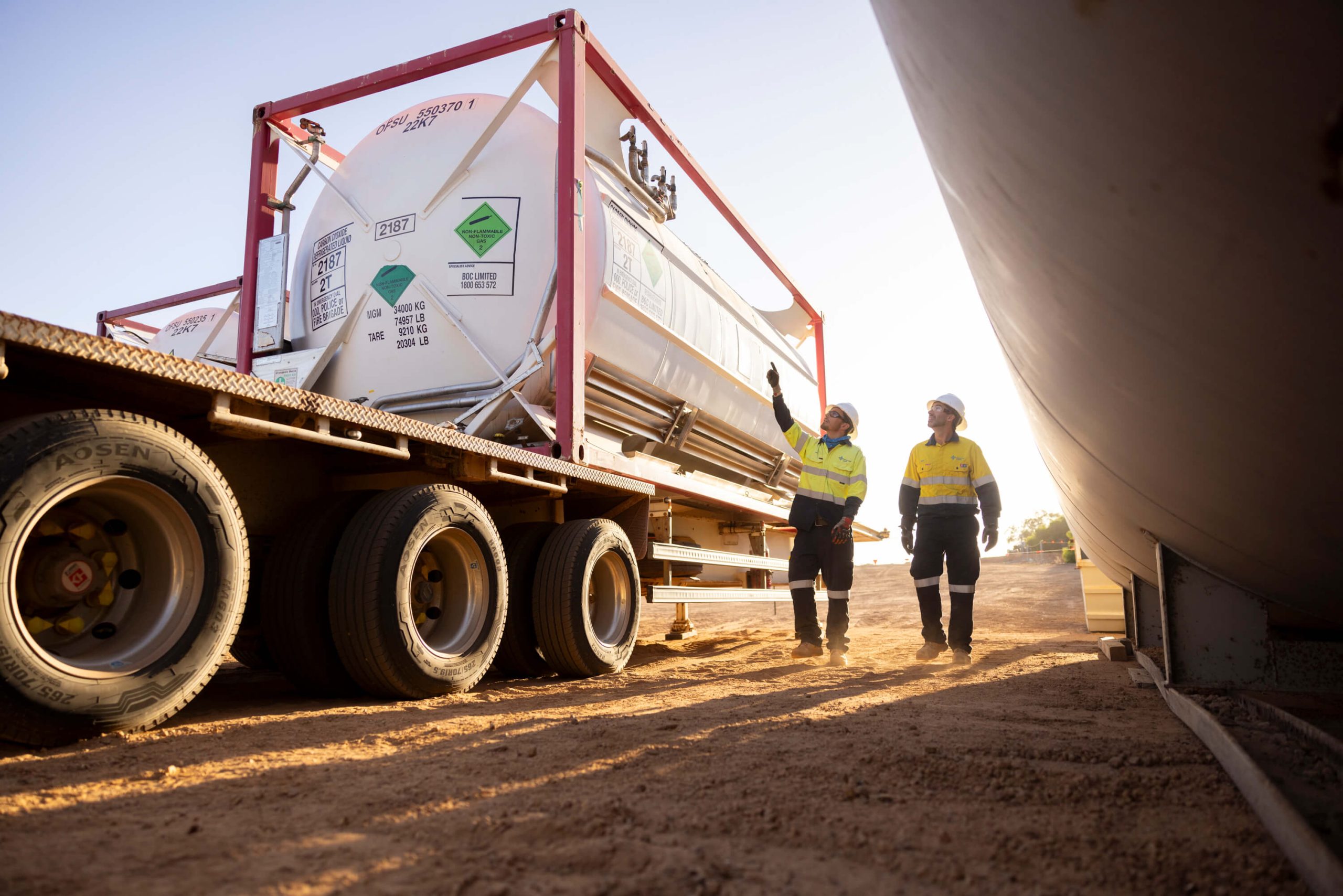Carbon capture and storage (CCS) is proven technology for reducing greenhouse gas emissions through the capture and storage of carbon dioxide in geological reservoirs deep underground.
MEPAU is developing a carbon capture, transport and storage project, Cygnus Hub, in the Mid West of Western Australia with aspirations to deliver carbon storage as a service for hard-to-abate carbon emitters in the Mid West and Kwinana.
Our aim is to assist industry to avoid carbon from reaching the atmosphere by providing a robust long-term storage solution. This would support industry in implementing net-zero strategies.
How it works
Carbon capture and storage (CCS) involves three steps: capture at the source, transport the carbon dioxide, and inject the carbon dioxide into geological reservoirs deep underground for safe storage.
- Capture – the carbon dioxide is separated from other gases produced at industrial facilities, including cement, steel, fertiliser, power generation and natural gas processing.
- Transport – the carbon dioxide is transported to a suitable site for geological storage, usually using pipelines.
- Injection and Storage – the carbon dioxide is injected into suitable geological formations, such as depleted gas fields. The CO2 is stored permanently in underground rock formations such as sandstone, which have been proven as natural gas-trapping formations for millions of years. These range from one to four kilometres deep and are able to hold the carbon dioxide indefinitely.
Repurposing of Western Australia’s depleted onshore gas fields offer the ideal opportunity for safely storing carbon dioxide underground as the geology is very well understood after more than 50 years of natural gas exploration and production. . The right geology that can trap accumulations of natural gas also makes ideal CO2 storage reservoirs.





